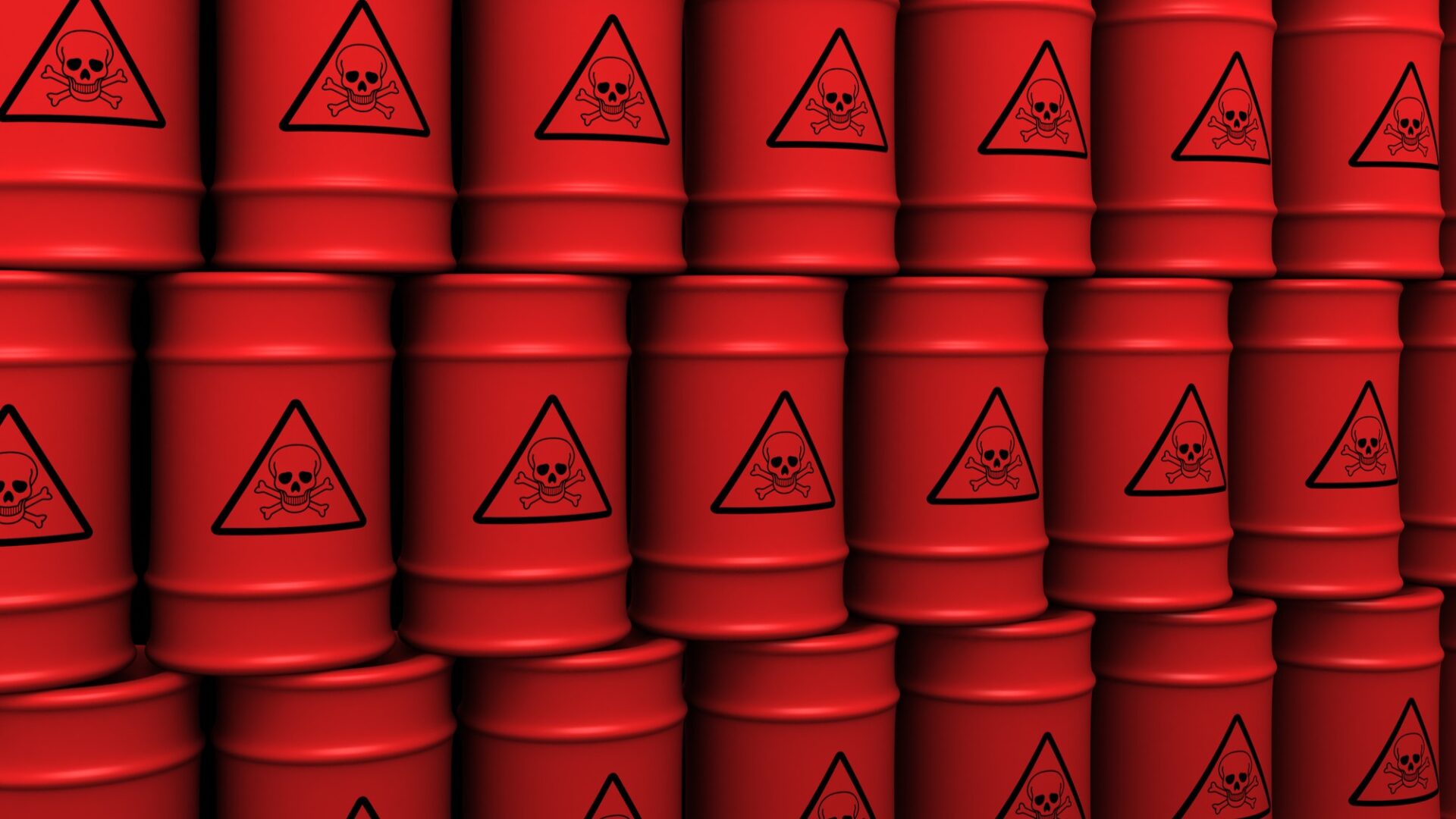Environmental expert Steve Dyke MCIOB from Churngold Construction explains why ‘forever chemicals’ are fast becoming a mainstream issue for any developer and contractor involved in demolition, earthworks, or remediation.

Persistent organic pollutants (POPs) and specifically PFAS (per- and polyfluoroalkyl substances) are rapidly becoming one of the most critical environmental challenges facing the construction industry. Found in legacy building materials, contaminated soils, and even recycled aggregates, these substances are toxic, bioaccumulative, and extremely resistant to natural breakdown.
As regulations develop and public awareness grows, construction professionals must act now to understand, identify, and play a part in managing the impact of these materials on the environment.
Here are seven reasons why ‘forever chemicals’ should be on every construction leader’s radar.
PFAS are not just confined to obvious industrial waste. They are often hidden in legacy building products like insulation, coatings and sealants, as well as in contaminated soils and some recycled aggregates. As the industry increasingly embraces circular economy principles, understanding where these substances might appear is crucial to avoiding inadvertent exposure or contamination.
The defining characteristic of POPs/PFAS is their persistence. Dubbed ‘forever chemicals’ for a reason, they resist natural degradation in the environment. Without proper intervention, they can accumulate over time, leach into watercourses, and pose long-term threats to human health and ecosystems.
From stricter EU limits to expanding global bans on PFAS, the regulatory landscape is changing fast. The UK is no exception, with industry guidance on safe levels in drinking water and a recent parliamentary inquiry to assess whether the UK regulatory framework adequately addresses the health and environmental risks of PFAS. Greater regulation is coming.
Projects that involve demolition, remediation, or soil reuse must demonstrate rigorous due diligence to identify the presence of POPs/PFAS and any potential risk to the environment during the site investigation phase, and develop strategies for management ahead of the construction phase in consultation with regulatory authorities.
During the construction phase, there is the implementation of any required remediation strategy aligned with careful materials management onsite to consider, along with the classification of waste and the correct disposal offsite to suitably licensed facilities.
Failure to address the risks from POPs/PFAS and the improper classification or disposal of contaminated materials can result in significant legal, financial, and reputational consequences from insurance claims from workers, building occupants and stakeholders, to regulatory enforcement actions.
As our sector strives for net-zero and circular-economy goals, POPs and PFAS present a paradox. Disposal to landfill should be the last resort, so management of the ground risks in-situ on construction projects is preferable wherever possible. Better understanding of the risk and clearer regulation, along with robust material assessments, advanced lab testing, and industry best practice protocols will be essential to achieving both sustainability and safety on site.
5. Detection isn’t easy but is non-negotiable
Many contaminants are invisible to the naked eye. Identifying POPs and PFAS requires specialist testing and planning from the outset of a project. At Churngold, we advocate for comprehensive environmental assessments at the earliest stage, so appropriate remediation strategies can be agreed and potential risks can be mitigated before work begins.
6. Innovation in remediation is accelerating
Remediation methods include advanced thermal treatments to destroy PFAS, separation and containment methods via in-situ adsorption, ion exchange resins injected into the ground, groundwater filtration (in-situ and ex-situ) to manage concentrations of PFAS in groundwater, and stabilisation of impacted ground to immobilise and break the source receptor pathway.
The industry must continue to invest in and prioritise these techniques over less sustainable options such as offsite disposal.
POPs and PFAS are not a niche concern – they’re a mainstream issue for any developer and contractor involved in demolition, earthworks, or remediation. By taking proactive steps today, the construction sector can demonstrate leadership in environmental responsibility and regulatory readiness.
The question every organisation should be asking is: are we ready for the next wave of chemical regulation? At Churngold Construction, we believe the industry has a duty to lead, not follow. By combining rigorous testing, transparent reporting, and innovative remediation strategies, good material management and environmental protection can go hand in hand.
Steve Dyke MCIOB is environmental & remediation director at Churngold Construction.











